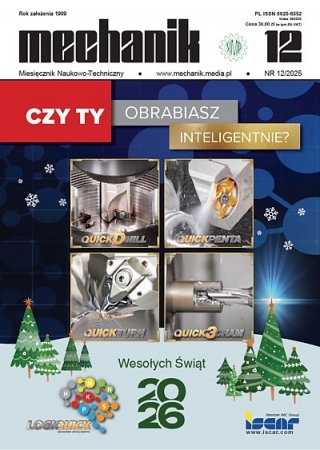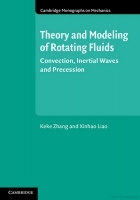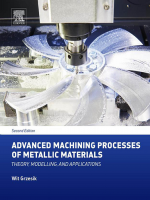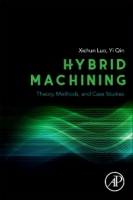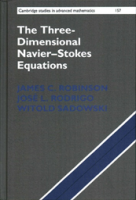Possibilities of using a wavelet transform to assess the surface conditions of abrasives belts *
Możliwości zastosowania transformaty falkowej do oceny stanu powierzchni ściernych narzędzi nasypowych
Author: Maciej Kowalski, Marek Kołodziej, Hubert Skowronek
Mechanik nr 10/2019 - Obróbka - inne rodzaje
ABSTRACT: Issues regarding the application of wavelet analysis to the description of the surface condition of abrasive tools differing in grain size and construction method are presented. New tools were tested and after the specified grinding time.
KEYWORDS: roughness, abrasive belts, grinding, surface layer
STRESZCZENIE: Przedstawiono zagadnienia dotyczące zastosowania analizy falkowej do opisu stanu powierzchni nasypowych narzędzi ściernych, różniących się ziarnistością i metodą wykonania. Badano narzędzia nowe i po zadanym czasie szlifowania.
SŁOWA KLUCZOWE: chropowatość, taśma ścierna, szlifowanie, warstwa wierzchnia
BIBLIOGRAFIA / BIBLIOGRAPHY:
[1] Augustyniak P. „Transformacje falkowe w zastosowaniach elektrodiagnostycznych”. Kraków: Uczelniane Wydawnictwo AGH, 2003.
[2] Białasiewicz J.T. „Falki i aproksymacje”. Warszawa: Wydawnictwa Naukowo-Techniczne, 2004.
[3] Grzesik W., Brol S. “Wavelet and fractal approach to surface roughness characterization after finish turning of different workpiece materials”. Journal of Materials Processing Technology. 209 (2009): 2522–2531.
[4] Hennel J.W. „Jak zrozumieć falki. Podstawy falkowej analizy sygnałów”. Kraków: ZamKor, 2010.
[5] Misiti M., Misiti Y. Oppenheim G., Poggi J-M. „Wavelet Toolbox for use with Matlab”. The MathWorks, Inc. 1997.
[6] Timofiejczuk A. „Metody analizy sygnałów niestacjonarnych”. Gliwice: Wydawnictwo Politechniki Śląskiej, 2004.
[7] Wojtaszczyk P. „Teoria falek”. Warszawa: Wydawnictwo Naukowe PWN, 2000.
[8] Zawada-Tomkiewicz A. „Analiza obrazu powierzchni obrobionej do celów estymacji parametrów tej powierzchni”. Acta Mechanica et Automatica. 1, 2 (2007).
DOI: https://doi.org/10.17814/mechanik.2019.10.87
* Artykuł recenzowany




